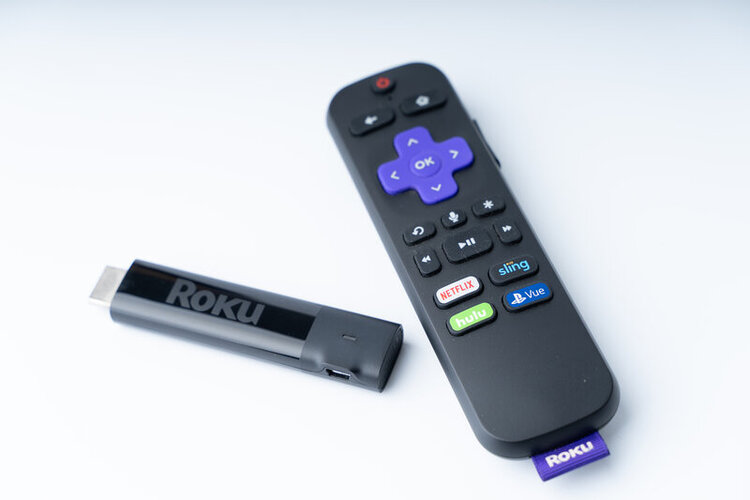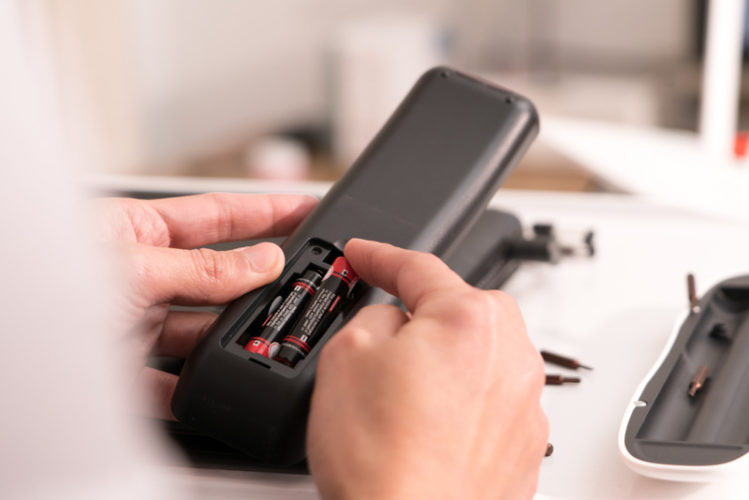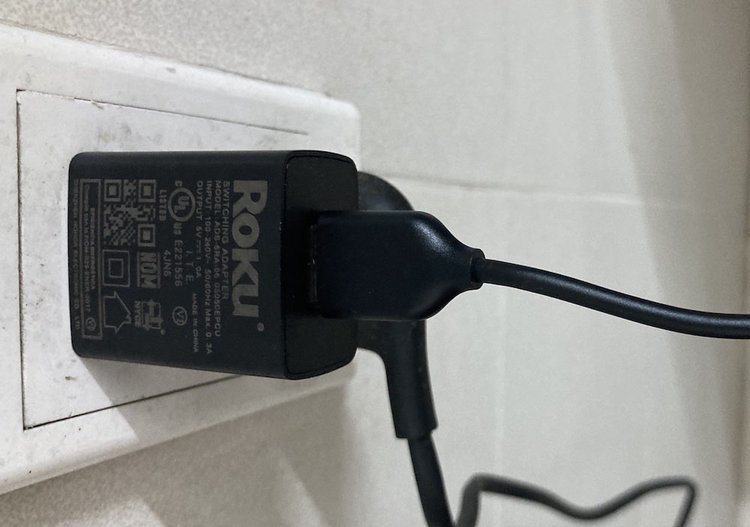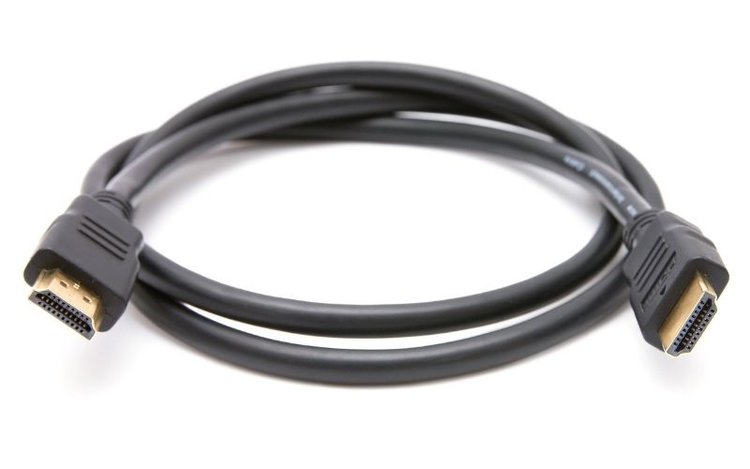Roku Keeps Restarting? Find Out Why With 9 Proven Solutions

- Ensure your remote batteries are fresh, disconnect any potential interfering devices, and verify the power supply with the original cable for stability.
- Regularly update your Roku and, if overheating occurs, allow it to cool; reinstall any apps that cause restarts to eliminate software glitches.
- Disable the Bandwidth Saver feature to prevent automatic restarts, consider a factory reset to address software bugs, or contact support if issues persist.
Struggling with a Roku player or TV that restarts unexpectedly can be perplexing.
This concise guide delves into resolving these interruptions, ensuring your streaming experience is seamless once again.
Quick Navigation
1. Check the Accessories
Do you have anything connected to your TV or Roku? If so, they may be causing your Roku device to glitch and constantly restart.
First, let’s address your remote. Do you see a picture of a battery on your Roku screen? When you press buttons on your remote, does it take a couple of seconds for your Roku to process the command?
If so, it may be time to change your remote’s batteries. It’s still unclear why your remote’s battery status affects your Roku this way, but many customers have found that replacing the batteries has stopped their Roku from repeatedly restarting.

Remove your Roku batteries and wait a minute before inserting new ones. Ensure you’re using the correct type of battery and that they’re placed properly.
You may also want to unplug or disconnect any headphones or speakers from your Roku, especially if they’re plugged into the remote’s headphone jack.
If your Nintendo Switch is connected to your Roku, try putting it on Airplane mode, as its network settings could interfere with your Roku’s functionality.
To put your Nintendo Switch on Airplane mode, tap System Settings on the Home Page. Then, go to Airplane Mode. Tap Airplane Mode to toggle it on.
2. Check the Power Supply
There may be something wrong with your Roku power supply. First, check that it’s properly connected to power and that all cables are securely placed.
If your TV’s USB port is currently powering it, you may want to plug it into an electrical socket instead as it provides a steadier flow of electricity.
While you can use your Roku with any micro USB charging cable, it’s always best to use it with the cable it came with to ensure maximum compatibility. So, try using your Roku’s original charging cable instead.

However, you may also power it with another micro USB charging cable if your Roku’s original cable is broken.
You may also want to use a different USB adapter to see if that makes a difference. You can also try plugging your Roku into a different wall outlet, as the one you’re using could be defective.
3. Change the HDMI Cable

Your Roku HDMI cable could be defective and unable to maintain a stable connection between the Roku device and your TV.
If you have a Roku stick, you won’t be able to switch out the HDMI cable as it’s connected to the device, but you can ensure it’s properly plugged into your TV’s HDMI port. It’s also a good idea to plug it into another HDMI port on your TV to see if that makes a difference.
If your TV is anything like mine and is 10+ years old, you may have your Roku plugged into an HDMI adapter. Ensure the adapter is securely connected to your TV and powered if needed.
Now, if you can switch your Roku’s HDMI for a new one, please do so.
Any compatible HDMI cable will work, but we suggest getting an HDMI 2.0 cable which ensures a fast frame rate and high resolution. Check out the Amazon Basics High-Speed HDMI Cable for a fast, reliable HDMI cable compatible with Roku devices.
You might also want to ensure the HDMI cable and port are not dusty or filled with debris and clean them if they are. Please ensure your TV is unplugged before cleaning any of its ports.
4. Install New Updates
Some Roku customers had said that this issue started when they updated their Roku devices. While you cannot uninstall updates, you can install new ones that will hopefully resolve any glitches.
Remember that if you recently updated your Roku, there may be no updates to install.
Follow the steps below to update your Roku:
Step 1: Press the Home button on your remote to the Home Page.
Step 2: Click on Settings.
Step 3: Open System.
Step 4: Head to System Update.
Step 5: Click on Check now.
Step 6: If there are any new updates, download them, then install them. Do not unplug your Roku until this process is complete.
Watch the video below demonstrating how to update your Roku device.
5. See If Your Roku Device has Overheated
Rokus tend to overheat, which can cause them to restart continuously. To see if your Roku has overheated, you’ll notice an on-screen message warning you that “Your device is overheating.”
You can also touch your Roku device to see if it’s hot.
Here, the best solution is to unplug it and let it cool. It’s also a good idea to ensure the area is well-ventilated. Do not try to cool it by placing it on top of an icepack or another frozen item, as the condensation could permanently damage your device.
We also recommend powering it via your TV USB, as this will allow the Roku to fully shut down when your TV is off, instead of constantly receiving electricity from the wall outlet even when not in use.
6. The Affected Apps Need to be Reinstalled
Is your Roku restarting only when you open a certain app? If so, something may have gone wrong when you installed the channel, and it must be removed.
Step 1: Use your remote to find and highlight the affected app. Please do not open it.
Step 2: Press your remote’s Asterisks (*) button to view more options.
Step 3: Scroll and choose the Remove Channel option, followed by Remove once more.
Now, you can reinstall the app normally. Once reinstalled, open it and play something to see if the issue persists.
If you’re a visual learner, watch the video below to see how to remove channels on your Roku.
7. Adjust the Network Settings
A recent Roku update may have enabled the Bandwith Saver feature.
This setting is meant to decrease the bandwidth your Roku uses by powering it off if you haven’t touched the remote in a few hours. This will, in turn, cause your Roku to routinely shut off and restart.
Luckily, it’s an easy fix.
Step 1: On your Home Page, go to Settings
Step 2: Next, click on Network.
Step 3: Depending on which update your Roku has installed, you may see a setting labeled Bandwith Saver. If you do see it, toggle it off.
Continue using your Roku to see if it continues to restart. If it does, continue to the next solution.
8. It Needs to be Factory Reset
Although tedious, it may be a good idea to factory reset your Roku.
If there are any minor software bugs, this may help fix them. Please note that factory resetting your device will also delete all of its apps, so you must reinstall them once your Roku has rebooted.
Step 1: Go to the Home Page.
Step 2: Open the Settings.
Step 3: Head to System.
Step 4: Click on Advanced system settings.
Step 5: Press Factory Reset.
Step 6: Insert the 4-digit code on-screen.
Step 7: Click OK.
Watch the video below to see how to factory reset a Roku.
9. There’s a Software Issue
If you’ve done all of the above and your Roku still keeps restarting, your Roku may have a software issue. Unfortunately, there isn’t much you can do in this case, so your best bet is to contact Roku customer support.

If your warranty hasn’t expired, you may be eligible for a free replacement. You can also see if they’ll cover the cost of repairs.
If possible, we recommend taking and sending a video of your Roku randomly restarting as proof. You can also mention all of the solutions you’ve tried, so customer support won’t ask you to repeat them.
In the worst-case scenario, you may have to purchase a replacement.
Good luck!
Yesenia Achlim is a technical copywriter and editor with a focus on AV equipment. She aims to break down complicated topics and make technology accessible, no matter your technical expertise. When she’s not teaching you how to replace a projector lamp, you can find her reading and baking.


Nice and interesting post. Keep the good job. My DirecTv remote is not working with the new tv. How do I fix it